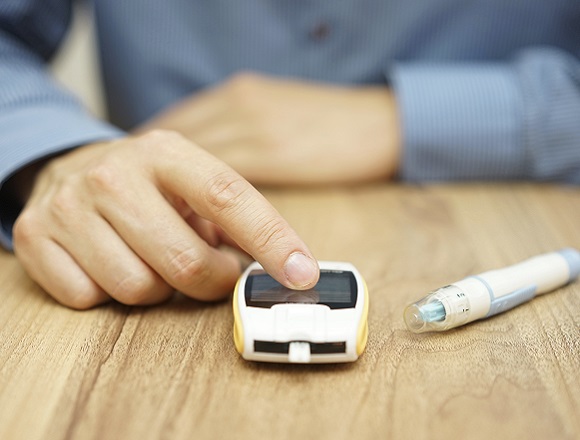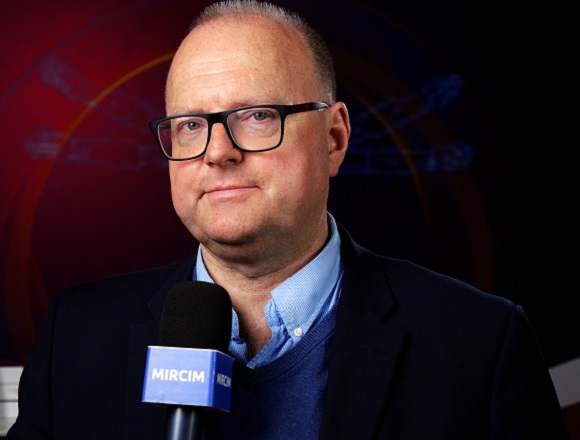Pratik Choudhary, MBBS, MD, is a professor and honorary consultant in diabetes in the Diabetes Research Centre at the University of Leicester, UK.
When can we expect a fully autonomic closed-loop system (“artificial pancreas”) to be available for patients? Does it seem possible?
Pratik Choudhary, MBBS, MD: Closed-loop therapy, artificial pancreas—that’s been a real goal for many years now. Certainly, now we’re very close to that goal. We have a lot of hybrid closed-loop systems; in the United Kingdom, we have access to 4 of those systems.
When you look at the data around the world now, the big difference between continuous glucose monitoring (CGM) or pump therapy and the closed loop is that with CGM, the person living with diabetes still has to work hard; with the pump, the person living with diabetes still has to work hard; but with closed loops, we’re finding that with less work, people are getting amazing results at target glucose.
In terms of a fully closed loop, I know there are systems in testing now, so at the moment the systems we have… we call them hybrid close loops because they still need the person living with diabetes to tell or announce meals and exercise. The fully closed-loop systems will be able to deal with meals on their own. I’ve seen those systems in testing. We have some people who have built DIY closed-loop systems and using the ultrafast-acting insulin analogues, and we find that they don’t need to announce meals, they can monitor exercise, and they’re managing.
I think we’re very close to a fully automated closed loop and that will really transform care for type 1 diabetes.
 English
English
 Español
Español
 українська
українська






